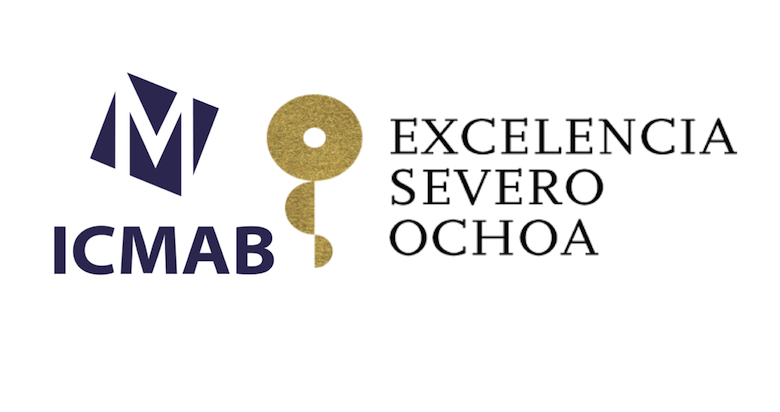Project details
Funding: Strategic Projects Focused on the Ecological Transition and Digital Transition 2021. Ministry of Science and Innovation (MCIN/AEI); European Union «Next GenerationEU»/ PRTR.
Project coordinator: Fundación IMDEA Materiales
Project period: 01/12/2022 – 30/11/2024
IMDEA Materials' researchers
Dr. Juan José Vilatela
Abstract
In addition to increasing battery-manufacturing capacity and reducing costs, large improvements in performance are required to enable electric mobility. This project proposes selected advances to overcome challenges in capacity and durability of the next generation of Lithium-ion batteries (LIBs) by developing: a) ultra-thick cathodes (NMC811) with a composite network structure, b) high-Si anodes made of silicon nanowire fabrics and c) a new cell architecture that prevents electrolyte decomposition through lithium alloying promoting layer in dry anodes. The overall strategy is to leverage novel nanomaterials synthesis and assembly methods enabling new electrode and cell architectures that separate interfacial chemical processes from electrode mechanical deformations. Applying advanced in-situ methods to these innovative systems will provide a step-change in our understanding of degradation mechanisms in full cells, and enable development of methods to mitigate them. These improvements will crystallise in demonstration of high-energy density cells with high areal capacity and high cyclability, matching some of the target properties set for the next generation LIBs in the EU and thus advancing 3b/4a batteries to TRL3 by demonstrating key performance metric for EV requirements.
The sub-project led by IMDEA Materials deals mainly with the development of electrodes and performing electrochemical tests in balanced full cells with alloy propagation as the dominant lithium diffusion mechanism. IMDEA Materials will produce new nanostructured network electrodes. The cathodes will consist of composite structures of carbon nanotube fibres and interspersed NMC811 particles. This network composite structure will provide high mechanical properties and electronic conductivity at minimal volume fraction of nanocarbons.
It will, thus, translate into high areal capacity cathodes. The anodes will be based on fabrics of Si nanowires. Improvements in nanowire packing will result in reduced diffusion length for alloy propagation, and thus in improved performance of these anodes in full cells at higher rates.
Partners


Funded by

MAT4BAT es un proyecto con referencia TED2021-131384B-C21 financiado por MCIN/AEI/10.13039/501100011033 y por la Unión Europea NextGenerationEU/ PRTR.
